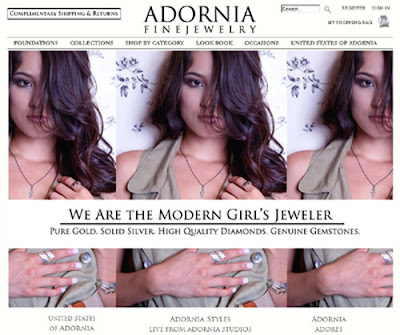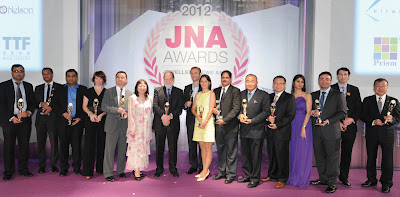 |
| Baselworld representatives at opening day press conference. |
BASEL, Switzerland — Baselworld,
the premiere event of the Swiss watch industry, on Wednesday unveiled the
latest renovation to the multi-building complex that it calls home. The $454.5-million
upgrade reflects the spectacular success of an industry that has defied the trials
and tribulations of the worldwide economy and a product that has remained
popular despite changing fashion and trends. It also is a response to an
industry now dominated by a few luxury conglomerates.
The eight-day watch
and jewelry fair actually opens Thursday. Wednesday was press day, where top
officials discussed the tradeshow and the industry in general. The discussion
of the new design was described as Baselworld’s “opening act” by Sylvie Ritter,
managing director of the tradeshow.
While several
buildings underwent dramatic change under the leadership of architects Herzog
& de Meuron, most eyes are focused on Hall 1, now rebranded as the “Global
Hall.” It is the main area for some of the most world-renowned watch and
jewelry brands. This year, the area not only underwent dramatic structural
change, but occupants changed as well. Several brands (mostly independent) were
moved to other areas of the complex. Now brands represented by global
conglomerates Swatch Group and LVMH far outnumber independent brands. These
include Hublot, Tag Heuer, Breguet and Bulgari.
Independent brands
that remain in Hall 1 include Patek Philippe, Rolex, and Ulysse Nardin.
René Kamm, CEO of MCH
Group, which operates the Basel fairgrounds (Messe Basel), explained that the redesigned
hall is reserved for “watch and jewelry brands that have a global impact and a
worldwide reach.”
Speakers put on a
unified front and spent a great of deal of time thanking exhibitors. However, change
this dramatic does not come easy and several exhibitors who have lost their
space in Hall 1 were not happy (although refusing to voice their displeasure
publicly).
All of this change
also came at a price. Several brand executives told me (or refused to dispute)
that exhibiting in Hall 1—which includes the construction of multi-story,
elaborate temporary showrooms that also have been upgraded this year—now costs
upwards of $5 million.
Jacques J. Duchêne, president
of the Baselworld Exhibitors’ Committee, said it is the domination of luxury
conglomerates that has led to the changes at Baselworld.
“In the course of the
past 15 years, the watch and jewelry industry has been through a consolidation
process on a scale never witnessed before, and this has also had its effects on
the challenges faced by production and marketing, which have changed radically,”
Duchêne said. “Now it is a good thing to take note of changes and to adjust to
them, but it is even better still to anticipate needs and to be in a position
to satisfy them without delay when they arise.”
The price hike and the
pressure to create more elaborate booths were also felt among exhibitors who
don’t have the deep pockets of the brands in Hall 1. A few companies actually
pulled out of the show. Perhaps seeing an opportunity, Hong Kong-based tradeshow and publishing company, UBM Asia, will open its
first tradeshow in the European market next year in nearby Freiburg, Germany,
with dates that overlap Baselworld.
 |
| The international press at the opening of Baselworld |
But even though some
are a bit disgruntled, the 1,460 companies from 40 countries exhibiting recognize
the importance of being there in terms of sheer numbers, glamour and
international attention. Many brands will bring international celebrities along
to help present their new products. More than 3,500 journalists from 70
countries will be covering the event and approximately 100,000 people will
attend.
The show is also
buoyed by the amazing success of the Swiss watch industry. In 2012, the
industry has produced another record year with exports totaling 21.4 billion
Swiss francs ($22.6 billion), a 10.9 percent increase over 2011.
“Today, it is thanks
to this excellent state of health of the industry that we are able to present
the show to you in its attractive new look,” Duchêne said.







































